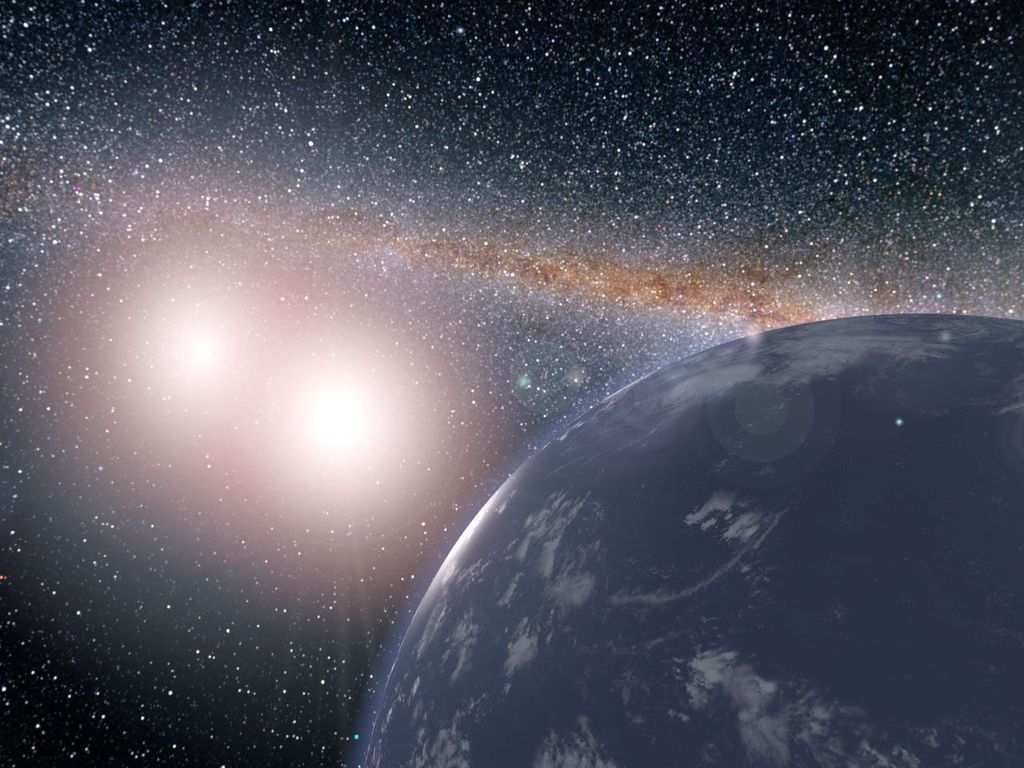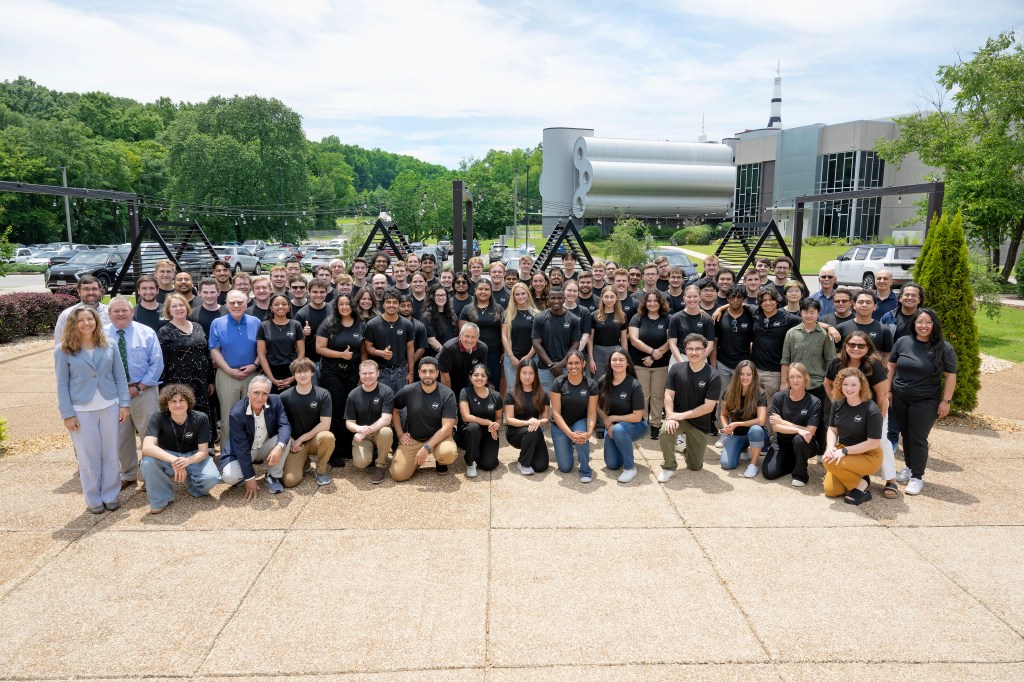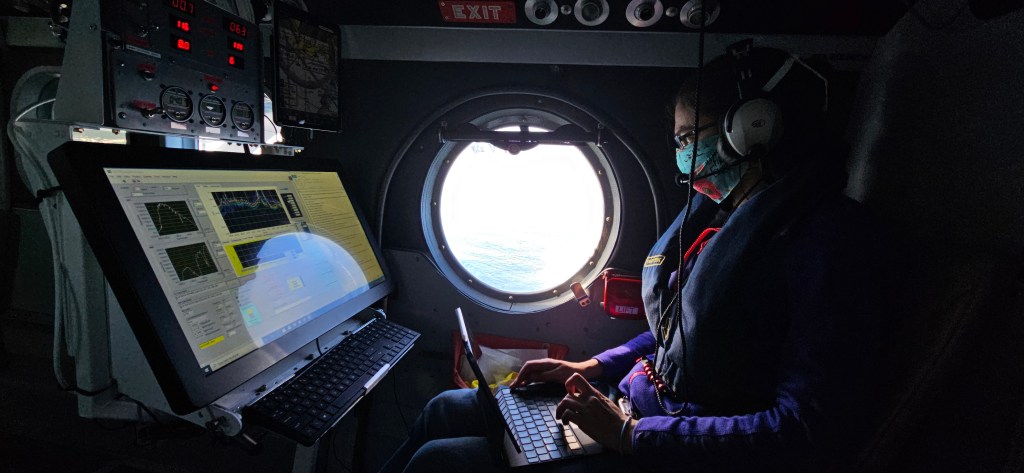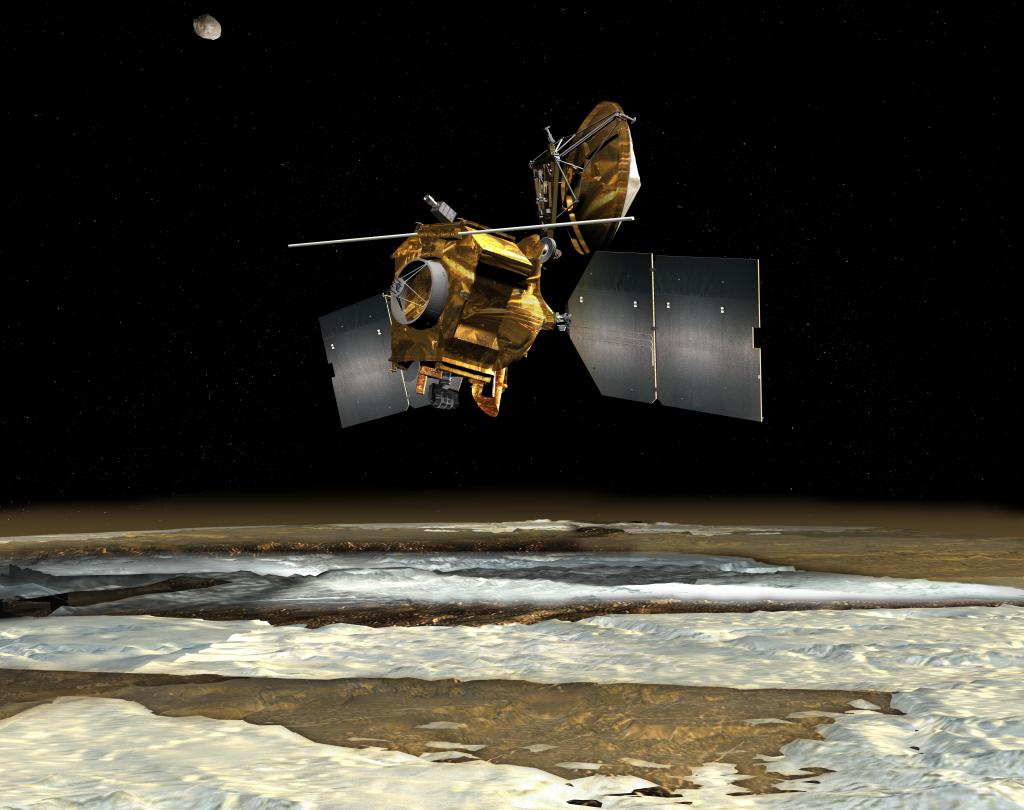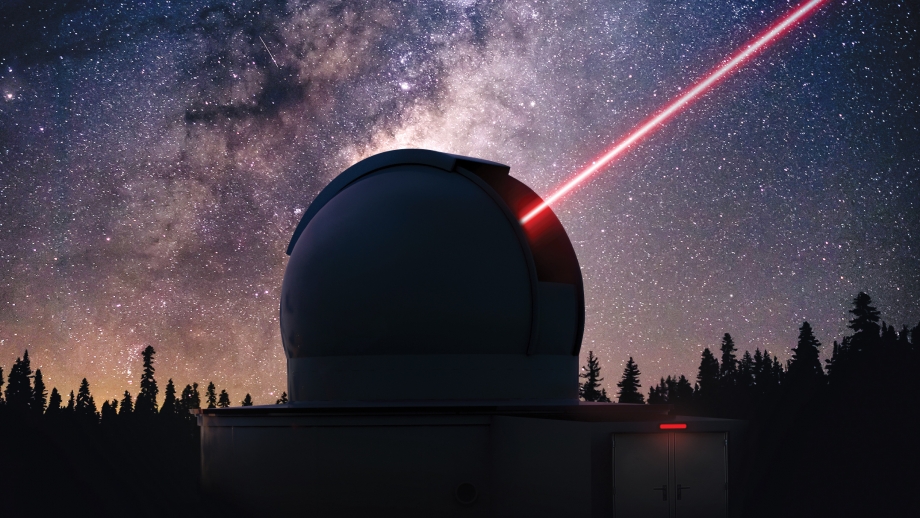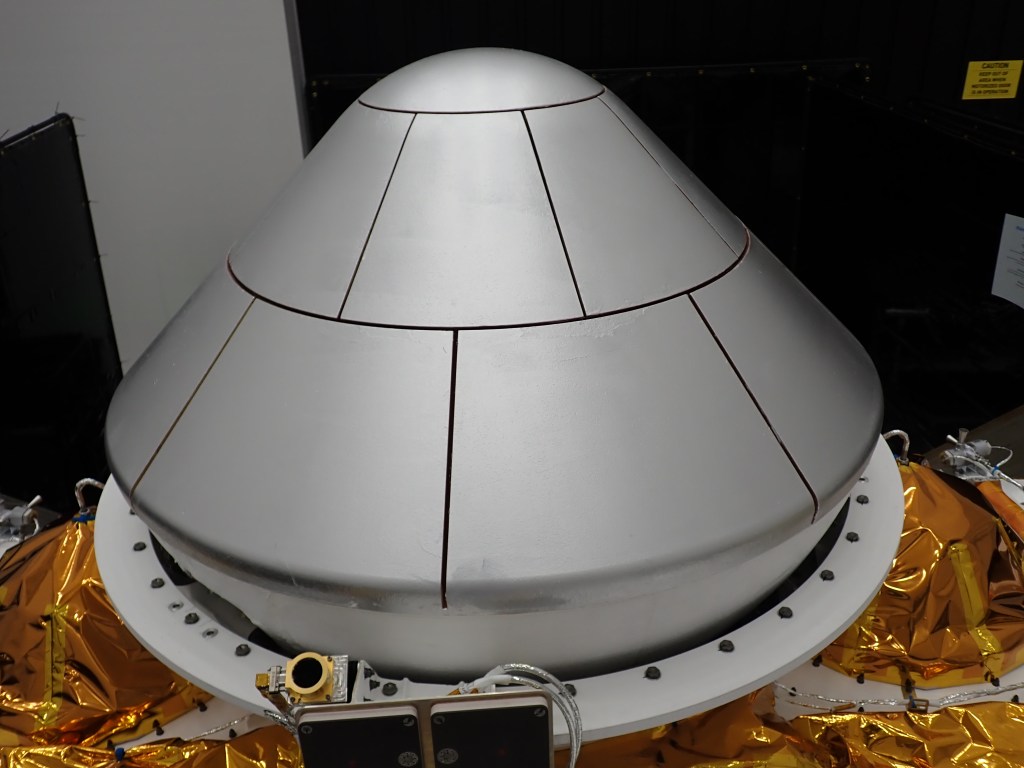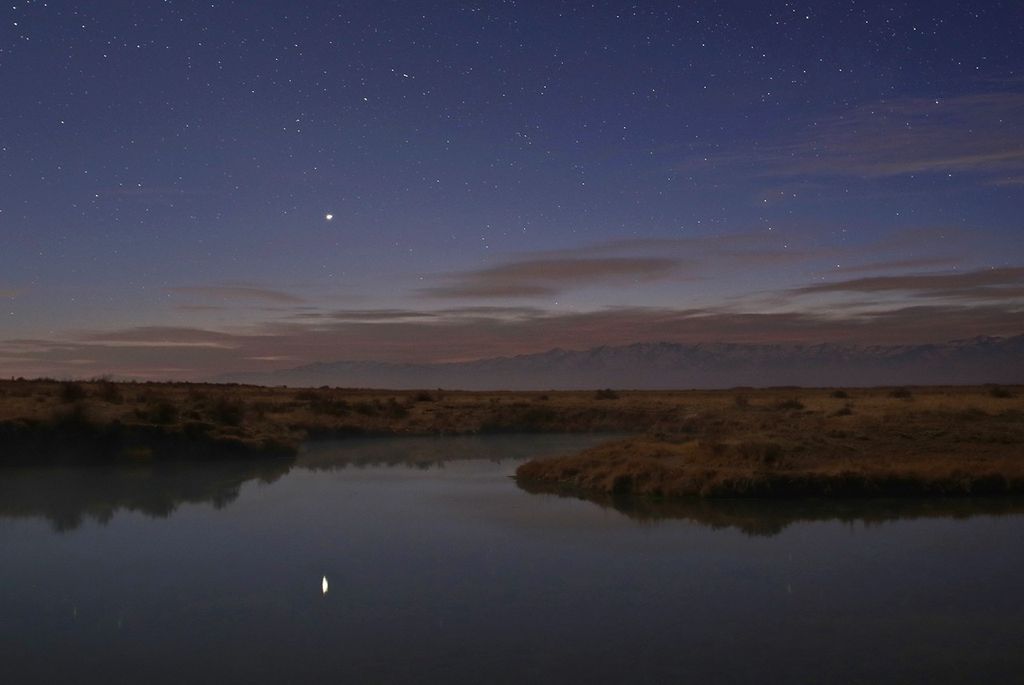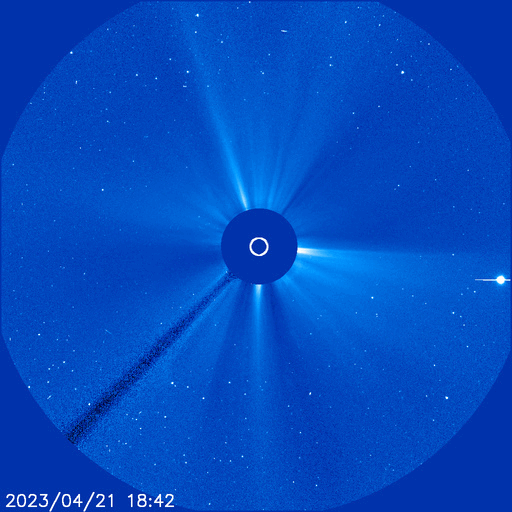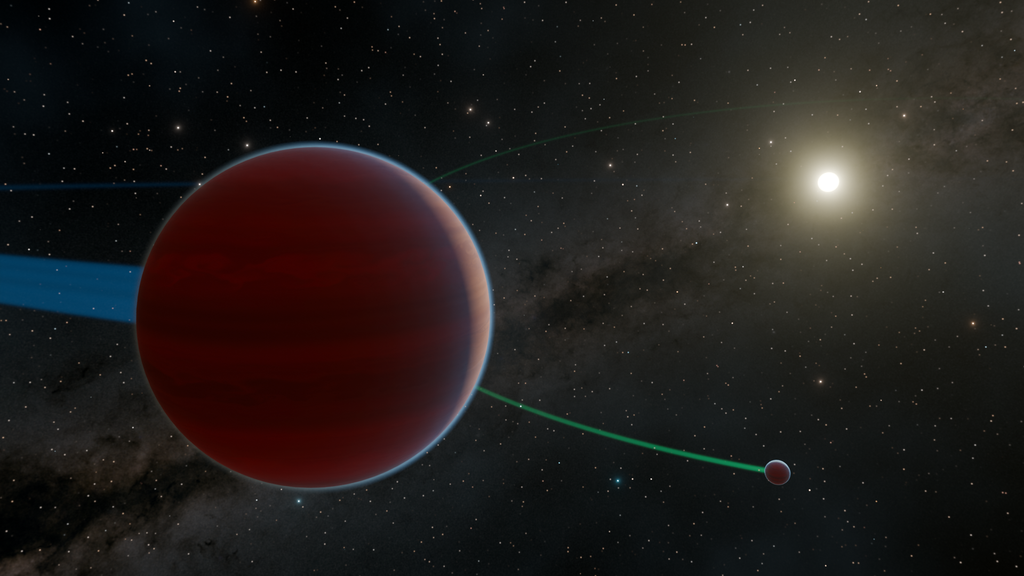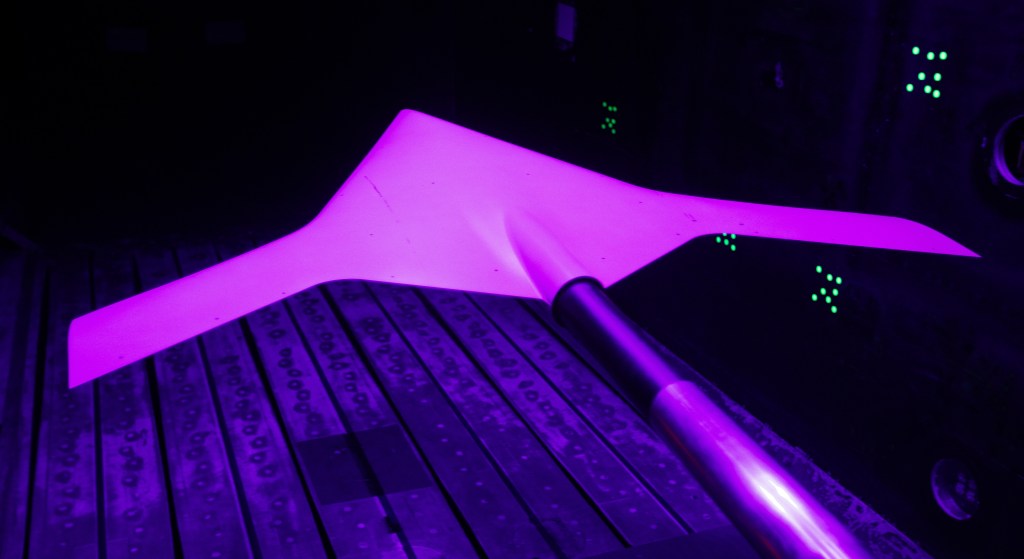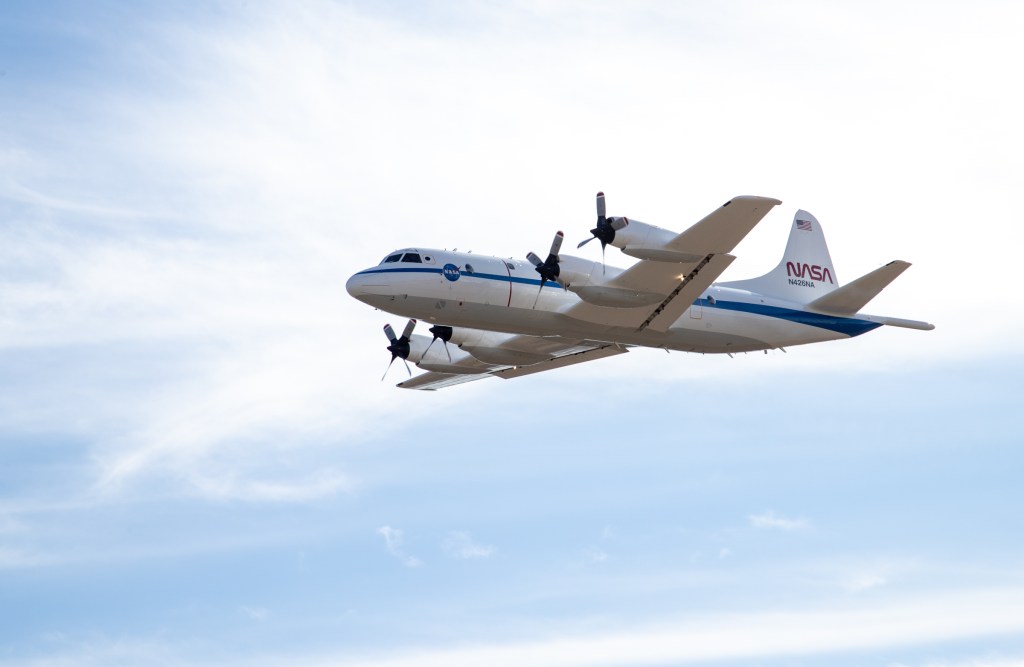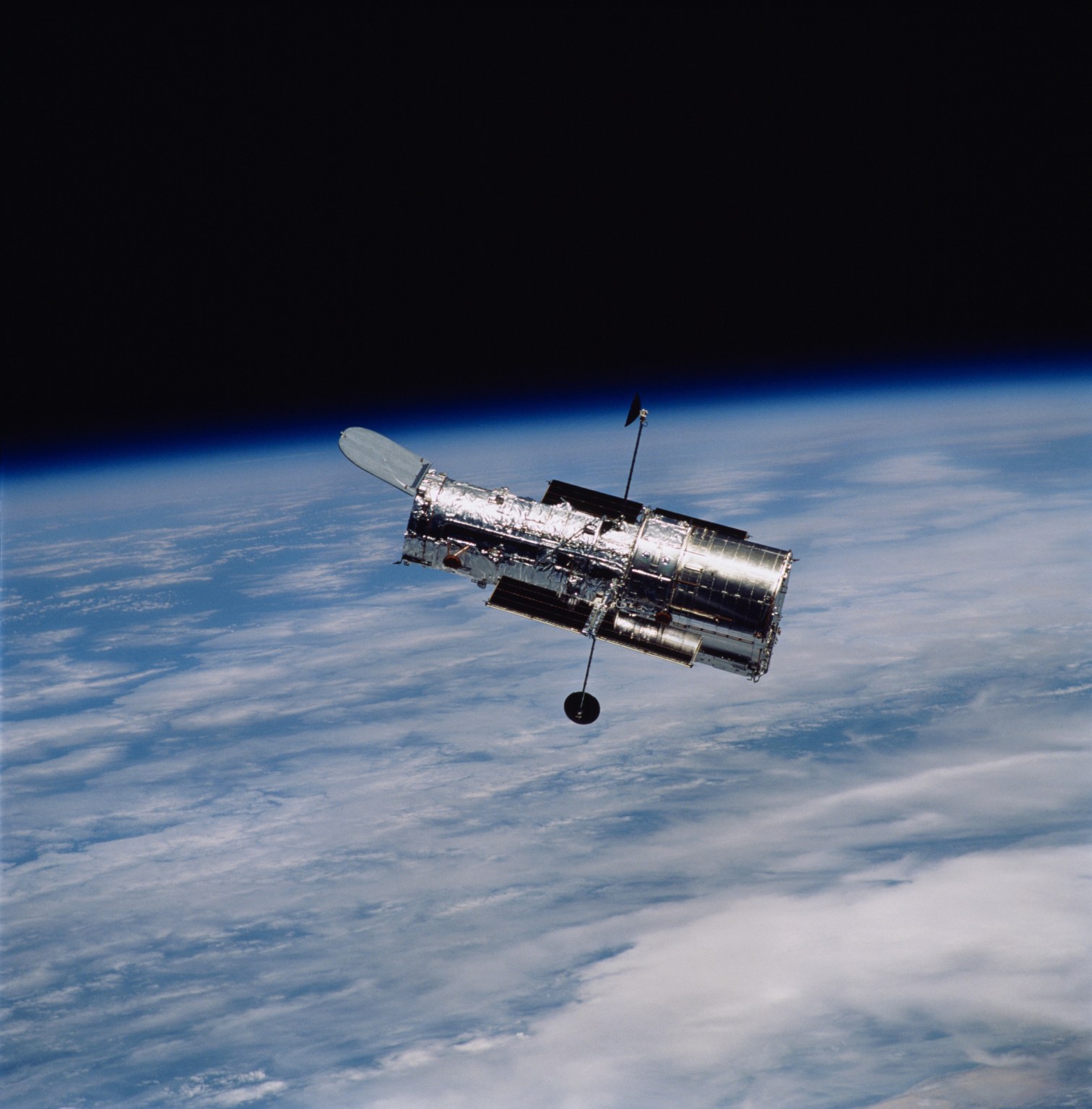1 min read
Thin Disk Around the Star Beta Pictoris
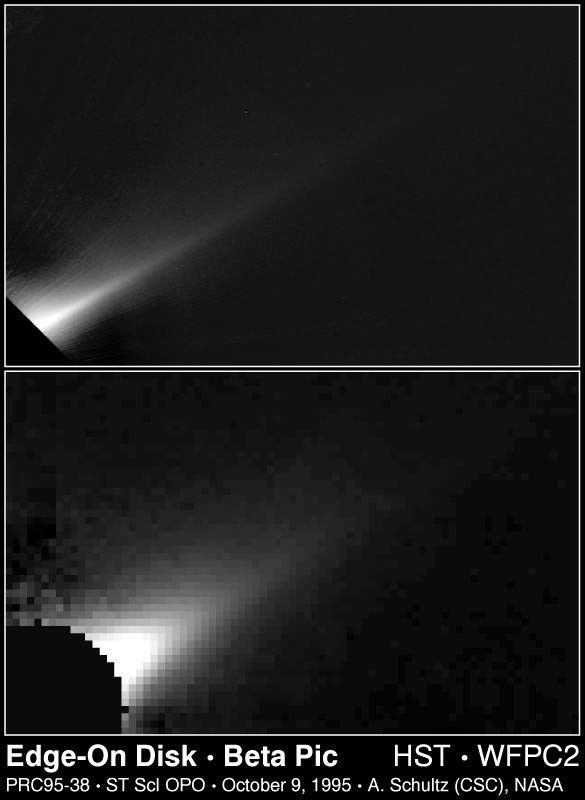
[Top] - This NASA Hubble Space Telescope image of a portion of a vast dust disk around the star Beta Pictoris shows that the disk is thinner than thought previously. Estimates based on the Hubble image place the disk's thickness as no more than one billion miles (600 million kilometers), or about 1/4 previous estimates from ground-based observations. The disk is tilted nearly edge-on to Earth. Because the dust has had enough time to settle into a flat plane, the disk may be older than some previous estimates. A thin disk also increases the probability that comet-sized or larger bodies have formed through accretion in the disk. Both conditions are believed to be characteristic of a hypothesized circumstellar disk around our own Sun, which was a necessary precursor to the planet-building phase of our Solar Systems, according to current theory.
[Bottom] - For comparison the disk appears four times thicker in a ground-based image of Beta Pictoris due to the limitation of atmospheric seeing. This red-light image (approximately 7,000 Angstroms) image was obtained at the Mauna Kea Observatory, Hawaii, on the 2.2-meter telescope. (Kalas, P., & Jewitt, D. 1995, AJ, 110, 794)
About the Object
- R.A. PositionR.A. PositionRight ascension – analogous to longitude – is one component of an object's position.05h 47m 17.08s
- Dec. PositionDec. PositionDeclination – analogous to latitude – is one component of an object's position.-51° 3' 59.45"
- Object NameObject NameA name or catalog number that astronomers use to identify an astronomical object.Beta Pictoris
- Release DateOctober 10, 1995
- Science ReleaseHubble Sees Thin Disk Around the Star Beta Pictoris
- CreditTop Credit: Al Schultz (CSC/STScI) and NASA Bottom Credit: Paul Kalas (University of Hawaii 2.2-m telescope, Mauna Kea) HST imaging team: Al Schultz, Helen Hart (Computer Sciences Corporation), Kent Reinhard (Doane College, NE), Fred Bruhweiler, Mike DiSanti (Catholic University of America), Glenn Schneider (Steward Observatory, University of Arizona), and NASA.
Share
Details
Last Updated
Mar 28, 2025
Contact
Media
Claire Andreoli
NASA’s Goddard Space Flight Center
Greenbelt, Maryland
claire.andreoli@nasa.gov

